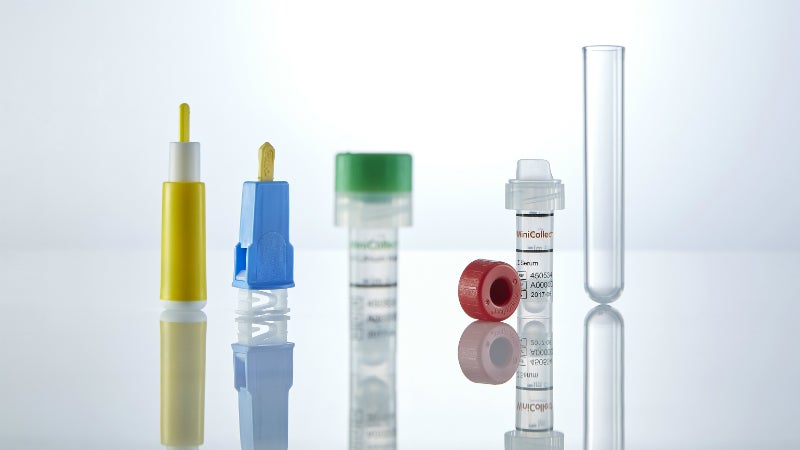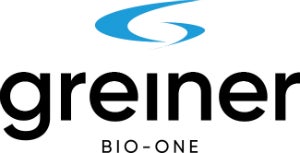
In some situations, only low quantities of blood can be taken in order to ensure patients are as safe and comfortable as possible.
This not only benefits geriatric patients and those who need to have blood taken on a regular basis, but also people whose afflictions cause a lot of pain when touched such as burns victims. In addition, a particularly gentle approach is required with younger patients. With this in mind, Greiner Bio-One has developed and optimised the MiniCollect® capillary blood collection system.
Using capillaries instead of veins
It’s not always possible to take venous blood from a patient due to difficult vein conditions. Other afflictions, such as major burns, also have a higher chance of infection from unnecessarily large puncture wounds. Volumes of blood samples taken from patients with long-term illnesses, who need to have blood taken on a regular basis, should also be kept to a minimum. The MiniCol-lect® capillary blood collection system offers a suitable alternative for these situations as capillary blood samples can usually be taken quickly and easily.
Integrated blood collection scoop means accessories are no longer needed
The cumbersome process of transferring the drop of blood using capillary tubes or funnels is now a thing of the past thanks to the MiniCollect® System.
The special feature of the system is the blood collection scoop integrated into the wide tube opening. In this way, drops of blood can be transferred to the MiniCollect® primary tube quickly and easily, minimising adhesion. The sample comes into contact with the additive immediately.
Caps are completely sealed, meeting the highest standards. They can also be easily sent via pneumatic dispatch or other transport systems without losing any sample material.
Carrier tubes and combined filling volumes simplify use
For centrifugation, the MiniCollect® tubes can be inserted into a premium carrier tube using a simple rotational movement. When combined, the dimensions correspond to a standard 13mm x 75mm tube format and can easily be placed in a standard rack or standard centrifuge.
Combined filling volumes for Ethylenediaminetetraacetic acid (EDTA) and serum tubes make the preparation of samples more straightforward. Two easily visible filling marks provide greater flexibility for use. It is no longer necessary to decide on a certain volume in advance, which reduces logistical efforts.
Avoid unnecessary agitation
When taking a blood sample is unavoidable, tears and anxiety do not affect both children and parents and should be kept to a minimum. However, the sight of a puncture needle often does cause fear in children.
Former paediatric nurse and product specialist at Greiner Bio-One Petra Langmayr said: "One of the main advantages for our young patients is that the safety mechanism of the MiniCollect® safety lancets means that no needle is visible at any point before or after the puncture. This makes the situation more relaxing for all involved."
Puncture can either be carried out by pressing the Lancelino safety lancet down on the puncture site (contact-activated safety lancet) or by pressing down the release button (pressure-activated safety lancet). After puncture, the needle retracts automatically and is safely enclosed within plastic casing, reducing risk of needlestick injuries.
The product is currently only available on the European market.

